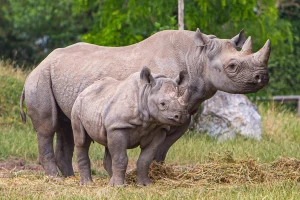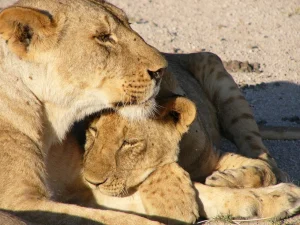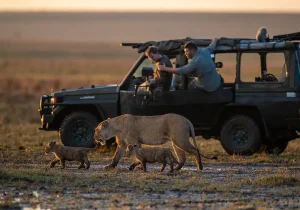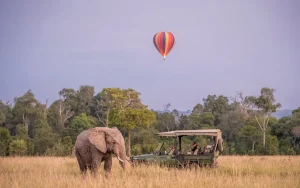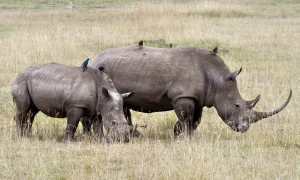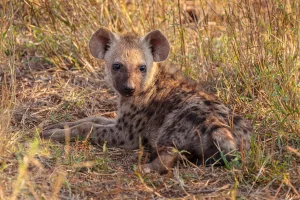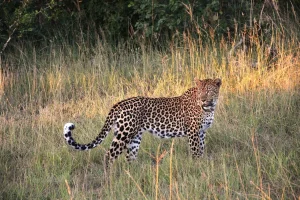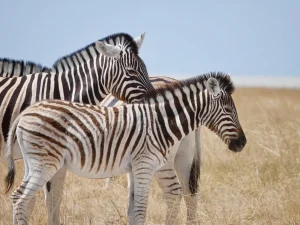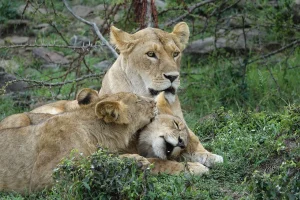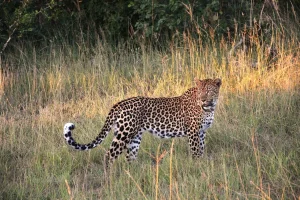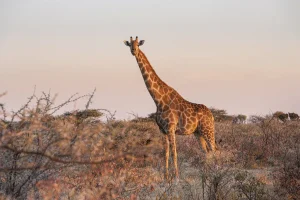The Growing City’s Shadow: Understanding Human Development’s Impact on Nairobi National Park
Nairobi National Park, a special place where wild animals live right next to a big city, is facing more and more pressure because of how the city is growing – this is what we mean by the impact of human development on Nairobi National Park. Today our team of professional guides and safari consultants will explore the threats to Nairobi National Park as the city expands and how this creates conservation challenges in Nairobi. To make sure wildlife conservation in Nairobi continues and to protect the future of Nairobi National Park, we need to understand these changes.
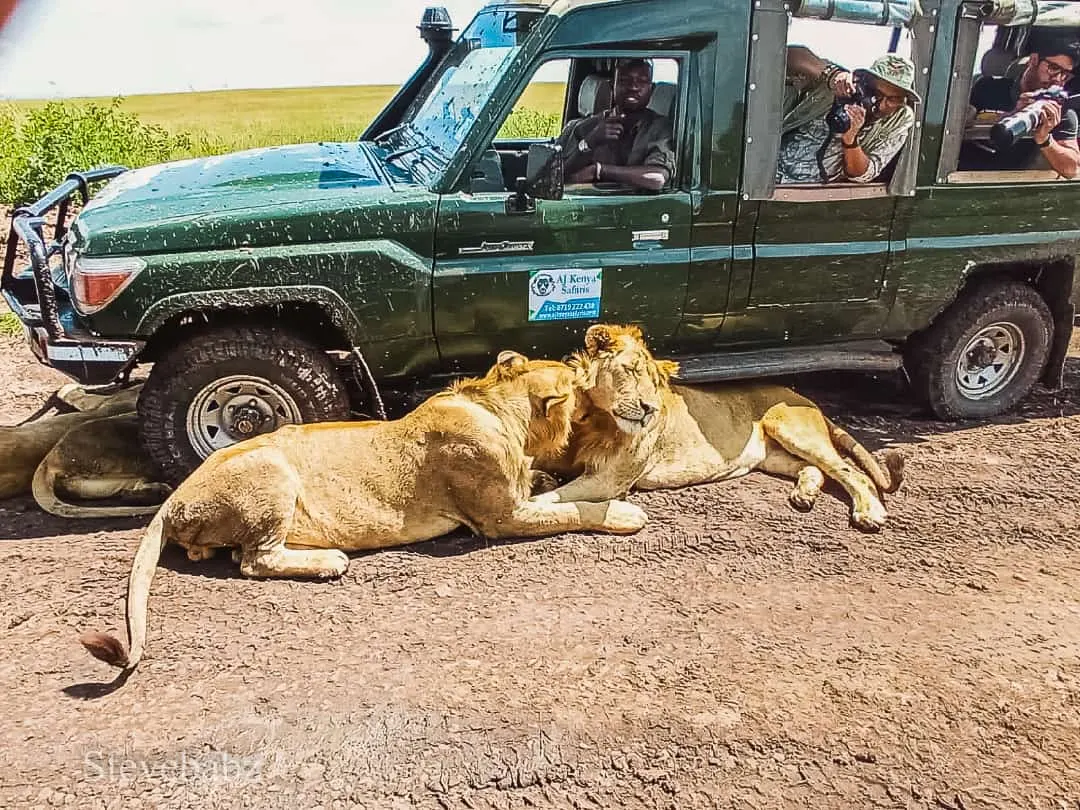
City Expansion: Taking Away Animal Homes
As Nairobi gets bigger, the need for land for houses, businesses, and farms also increases. This urban sprawl around Nairobi National Park means that the edges of the park are being used for other things, leading to human encroachment on park boundaries.
- Less Grass for Animals: When land around the park is developed, there’s less grazing land for Nairobi National Park animals like zebras and wildebeests to eat.
- Breaking Up Animal Habitats: Building roads and other structures can cause habitat fragmentation in Nairobi National Park. This means the park is divided into smaller pieces, making it harder for animals to move around and find mates, which affects wildlife migration in Nairobi National Park.
Because their homes are being broken up, we’re seeing biodiversity loss in Nairobi, meaning fewer different kinds of animals and plants. The growing population growth in Nairobi near the park makes this problem even bigger to both the park and the human living around. Like in April 2025, a 13 year old child was snatched by lions at Rongai from their residential home.
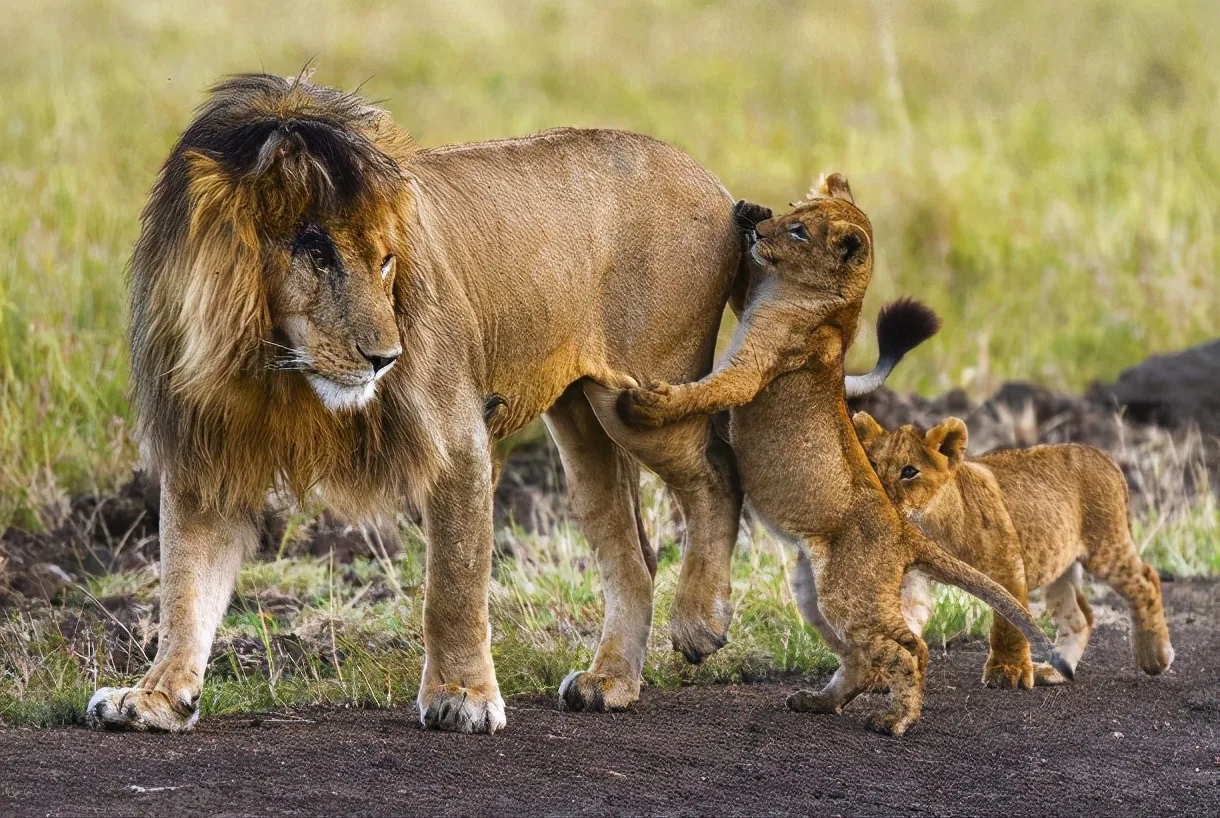
Building and Roads: Getting in the Way
Important projects like new roads and railways, while they help people, can also cause problems for the park.
- The SGR’s Effect on the Park: The building of the Standard Gauge Railway (impact of SGR on Nairobi National Park) has raised worries about how it affects where animals can go and where they live. Not only does it cause noise pollution, but has resulted in loss of the migration path.
- The Southern Bypass: This major road (Southern bypass around Nairobi National Park) has also cut through animal habitats and made it harder for them to move safely.
These kinds of infrastructure development around Nairobi National Park can lead to more times when people and animals come into conflict (human-wildlife conflict in Nairobi) as animals look for food or get lost. The effects of building on wildlife are a serious issue for many places, including Nairobi National Park.
Pollution and Other Dangers to the Park
Besides losing land, the park also faces other threats from the growing city, like environmental degradation in Nairobi National Park.
- Dirty Air and Water: Waste from factories and homes can pollute the air and water in the park, harming the animals. Loud noises from the city can also bother them. This is all part of pollution affecting Nairobi National Park.
- Blocked Animal Paths: When development happens outside the park, it can block the natural paths that animals use to move between different areas (loss of wildlife corridors near Nairobi).
All of these things are threats facing Nairobi National Park and make the delicate balance of the Nairobi National Park ecosystem more unstable.
Working to Protect the Park for the Future
Even with these challenges, people are working hard on conservation efforts in Nairobi National Park. Groups and the government are trying to reduce the bad effects of city growth.
- Managing the Park: Those in charge of Nairobi National Park management work to protect the park’s borders and take care of the animals living there.
- Finding Ways to Grow Responsibly: The idea of sustainable development around Nairobi National Park means trying to find ways for the city to grow without harming the park too much.
- Helping Local People Get Involved: When people who live near the park are part of the conservation efforts (community involvement in Nairobi National Park), it helps protect the park in the long run.
The future of Nairobi National Park depends on finding a good way for people and wildlife to live near each other. Understanding why national parks are important is the first step in making sure places like Nairobi National Park survive for many years to come. You can find out more about national parks in Kenya and what’s being done to protect them by visiting the website of the Kenya Wildlife Service. Also, supporting groups that work on wildlife conservation in Africa, like the African Wildlife Foundation, helps protect Nairobi National Park too.
By dealing with the conservation challenges facing Nairobi and finding good ways to reduce the negative impacts on Nairobi National Park, we can hope for ecological sustainability in Nairobi National Park. This means finding a way for this amazing place to stay healthy and wild, even as the city grows beside it.

